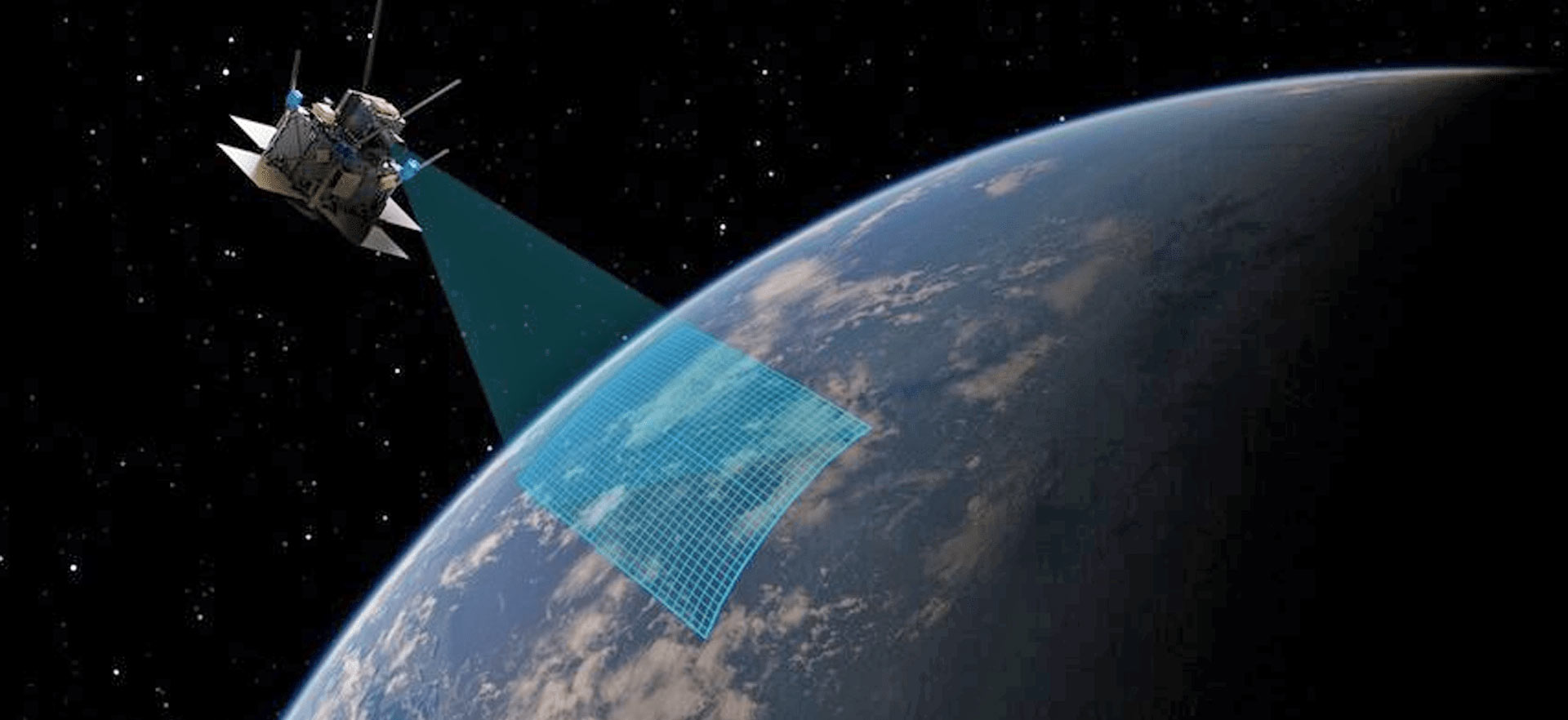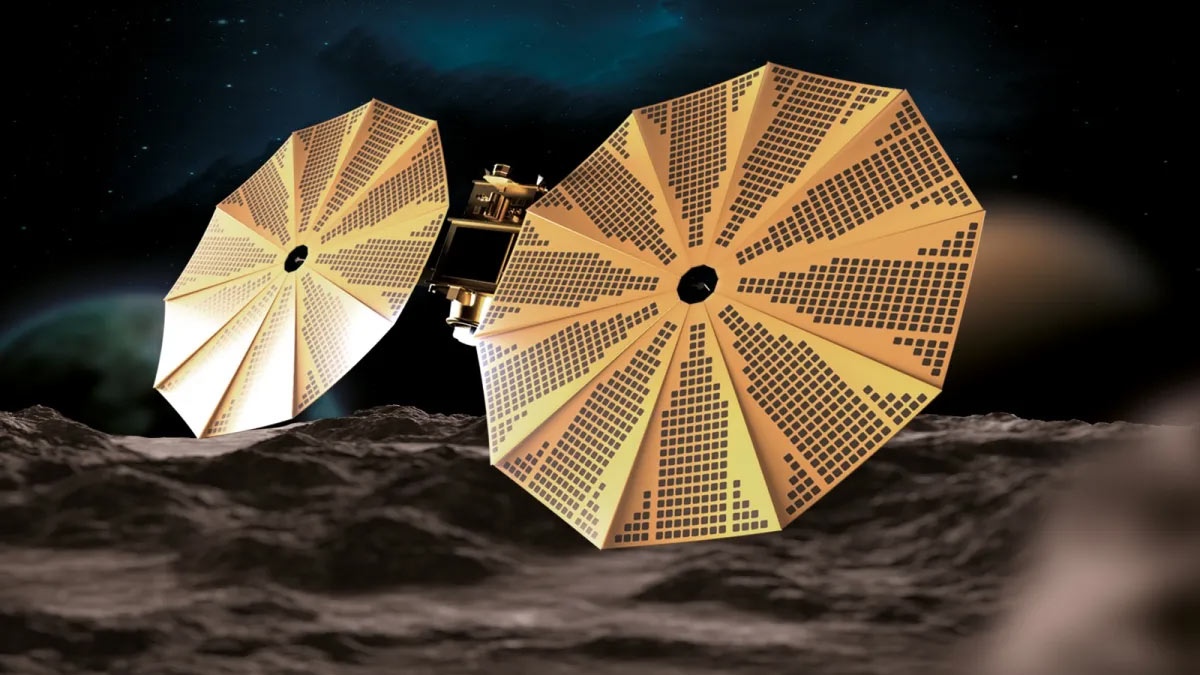
ArianeGroup begins testing prototype of multirole Susie upper stage
ArianeGroup has started testing what it considers to be a versatile answer to numerous challenges facing European spaceflight.
ArianeGroup quietly began testing a small demonstrator for its Smart Upper Stage for Innovative Exploration (SUSIE) in recent weeks. The vehicle was announced at the International Astronautical Congress in September 2022, but little more had been heard of the internally-funded project.
Testing of a two-meter-tall, 100-kilogram jet engine-powered demonstrator began in October with its first ignition at ArianeGroup’s site at Les Mureaux, according to an initial French language media report.
The project intends to enhance European independence in spaceflight by developing capabilities for both cargo and human transport. It also “aims to enable a competitive, innovative and resilient space logistic for Europe, in a context of very diverse and growing space applications,” according to a recent post on the company’s LinkedIn page.
ArianeGroup described the 1/6th scale “test and learn” demonstrator as the “first concrete step in ArianeGroup’s roadmap to rapidly master and leverage the key technologies needed to validate the concept, notably during low speed flight, approach and landing phases.”
The full sized Susie, measuring 12 meters tall, five meters wide and with a payload capacity of seven tons, is designed to launch atop of an Ariane 64 rocket. It could instead carry five astronauts, seated one behind another facing forwards towards the tip of the spacecraft. Susie is also intended to be fully reusable, potentially reducing long-term costs and increasing mission efficiency.
Parachute and abort tests are being scheduled, with hop testing with the demonstrator expected to continue until Q2 2025, Marco Wolf, program manager for future projects and human spaceflight at ArianeGroup, told SpaceNews at the Space Tech Expo Europe in Bremen, Germany, Nov. 16.
The early jet tests are testing guidance and navigation, while rocket powered descent and drop tests are planned for the future. The spacecraft aims for precision landings using its engines or a parachute.
??? The Lunar Gateway that @NASA and @ESA are developing will be deployed in the 2030s. It will serve as a base camp for activity on the lunar surface. In this context, #SUSIE could turn into a “space train”. ?✨ #ArianeGroup @arianespace pic.twitter.com/1rfXkLplCE
— ArianeGroup (@ArianeGroup) November 15, 2023
Wolf says that the development team is focusing on practical, hardware-based testing rather than solely theoretical or paper-based approaches. This includes building a mock-up demonstrator for landing approaches and conducting drop tests to evaluate the parachute system and water landing capabilities. A half-sized mock-up with two seats and a tentative control panel design were on display at the Expo.
Wolf says a team of around 20, based in both France and Germany, are currently working on the project. Consultations have also been held with European astronauts in Cologne and Airbus on the human-machine interface.
The team will be looking at a range of issues including sound pressure from rocket motors, the accommodation of astronauts, and the robustness of the thermal protection system. The crew version of Susie will not feature an escape tower, but carry likely solid rocket motors on the outside of the craft for an emergency crew escape system.
ESA recently announced a commercial cargo competition at this month’s Space Summit in Seville, Spain, which intends to spur the development of cargo carrying capacity with return capability within Europe. A half-sized cargo Susie would be in line with the requirements of delivering a minimum of two tons of pressurized cargo to the ISS, and returning at least one ton back to Earth.
Although specific dates and budget figures are not available, the timeline for a smaller commercial cargo version of Susie could be ready for 2028, meeting the deadline set by ESA for the European reusable cargo system contest. The system would be intended to serve the ISS and potentially Starlab and commercial space stations.
The spacecraft design intends to be scalable without significant changes to its aerodynamic values. Crewed missions could potentially occur in the early 2030s, says Wolf.
Wolf says that as well as providing human spaceflight capabilities for Europe, it could bring greater independence and autonomy. It would also bring added value by keeping money spent inside Europe instead of paying others for cargo and crew transportation, while also building capabilities, experience and expertise.
Europe is currently reassessing broader geopolitical and strategic objectives for the European space sector, as evidenced by an opening to commercial approaches to spaceflight. What role, if any, Susie plays will depend on technical progress and how Europe defines, selects and supports its strategic space ambitions.



